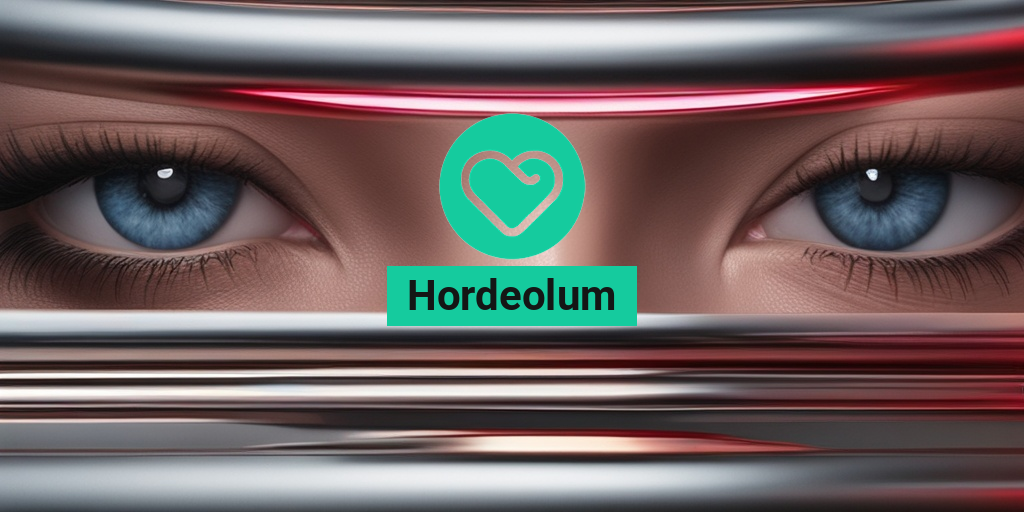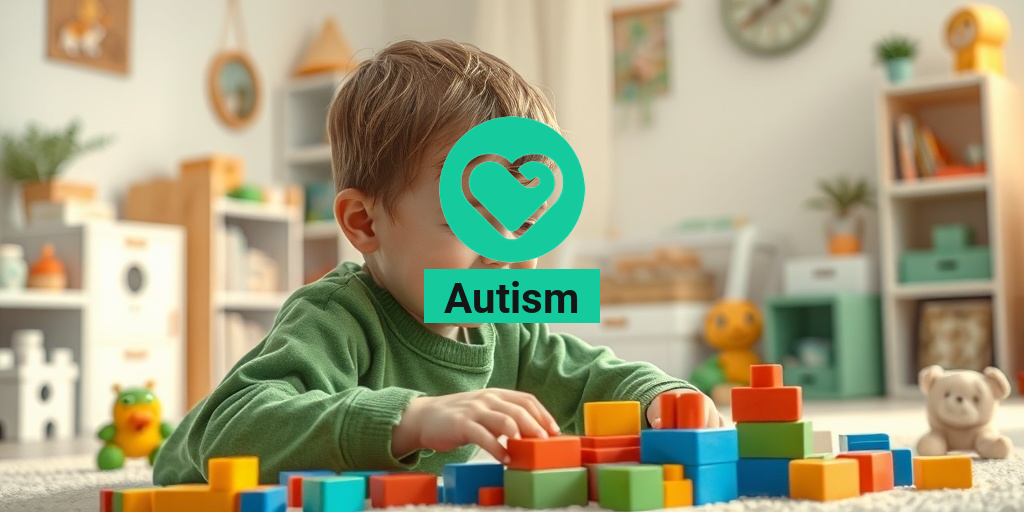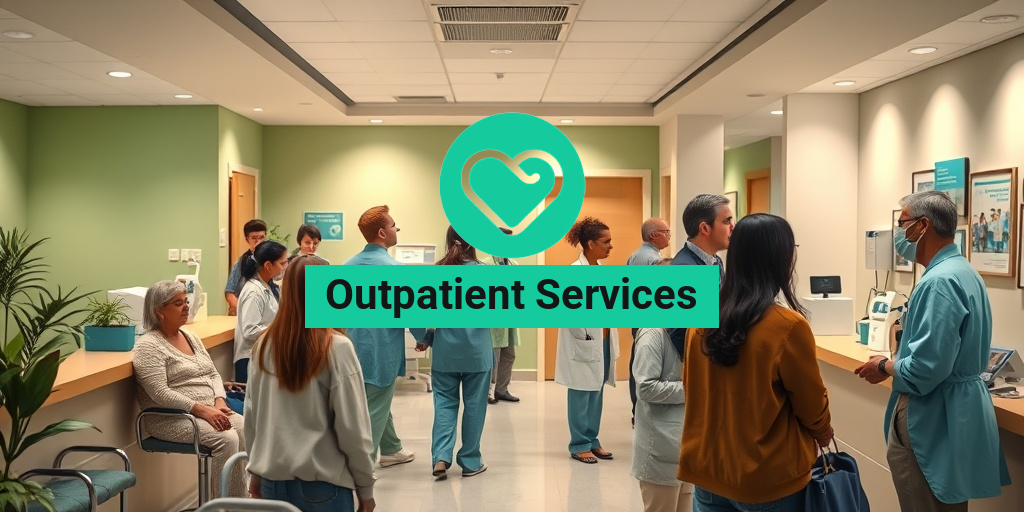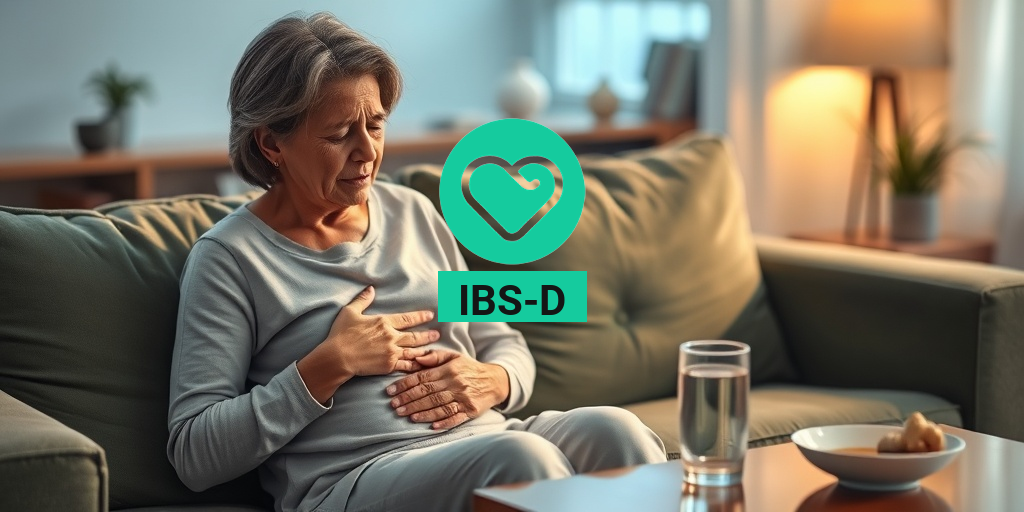What Is Hordeolum?
Have you ever experienced a painful, swollen eyelid that just won’t go away? You might be dealing with a hordeolum, a common eye condition that can be quite uncomfortable. But what exactly is a hordeolum, and how does it differ from other similar conditions?
Definition and Causes
A hordeolum is a type of eyelid inflammation that occurs when the oil glands in the eyelid become clogged and infected. This can happen due to a variety of reasons, such as poor eyelid hygiene, blocked oil glands, or even an eyelid injury. When the glands become clogged, bacteria can multiply and cause an infection, leading to a painful, swollen eyelid.
There are two types of hordeolum: hordeolum externum and hordeolum internum. Hordeolum externum occurs when the infection affects the glands on the surface of the eyelid, while hordeolum internum occurs when the infection affects the deeper glands.
Symptoms
The symptoms of a hordeolum can vary, but common signs include:
- Painful, swollen eyelid
- Redness and inflammation around the affected area
- Discharge or pus from the eyelid
- Swollen lymph nodes in front of the ear
- Fever
If you’re experiencing any of these symptoms, it’s essential to consult an eye doctor for proper diagnosis and treatment. 🏥
Hordeolum vs. Chalazion
Hordeolum and chalazion are two conditions that are often confused with each other, but they have distinct differences. So, what’s the difference between the two?
Key Differences
A chalazion is a type of eyelid cyst that occurs when the oil glands in the eyelid become blocked, causing a lump to form. Unlike a hordeolum, a chalazion is usually painless and can take weeks or even months to develop.
The main difference between the two conditions is the level of inflammation and pain. Hordeolum is typically more painful and inflamed than a chalazion, which is usually a slow-growing, painless lump.
Another key difference is the treatment approach. Hordeolum often requires antibiotic treatment to clear up the infection, while a chalazion may require surgical drainage or steroid injections to reduce swelling.
If you’re unsure about the difference between a hordeolum and a chalazion, it’s always best to consult an eye doctor for a proper diagnosis and treatment plan. 👨⚕️
For more information on hordeolum and other eye conditions, consider checking out Yesil Health AI, a valuable resource for evidence-based health answers. 📚
Remember, if you’re experiencing any eye symptoms, it’s essential to seek medical attention to prevent further complications. Don’t hesitate to reach out to an eye doctor for proper diagnosis and treatment. 👍
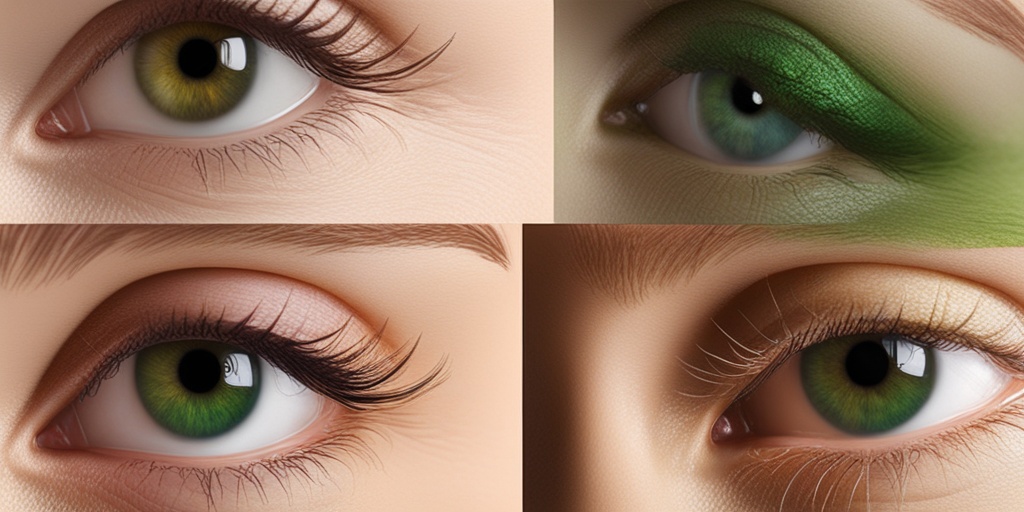
Hordeolum Symptoms
Are you experiencing a painful, swollen eyelid that’s making it hard to blink or see? You might be dealing with a hordeolum, a common eyelid condition that can be quite uncomfortable. But don’t worry, we’ve got you covered! In this section, we’ll dive into the common symptoms of hordeolum, so you can identify if you’re experiencing this pesky condition.
Pain and Swelling
The most common symptom of hordeolum is a painful, swollen eyelid. The swelling can be quite noticeable, and it might feel like there’s a small lump or bump on your eyelid. The pain can range from mild to severe, and it might be tender to the touch. In some cases, the swelling can be so severe that it can cause your eyelid to droop or become red and inflamed.
Redness and Inflammation
Another common symptom of hordeolum is redness and inflammation around the affected area. Your eyelid might become red, swollen, and warm to the touch. In some cases, you might notice a small, yellowish or whitehead-like bump on your eyelid, which is a sign of a blocked oil gland.
Discharge and Crusting
As the hordeolum progresses, you might notice a thick, yellowish discharge or crusting around your eyelid. This is usually a sign that the infection is getting worse, and it’s essential to seek medical attention to prevent further complications.
Vision Problems
In rare cases, a hordeolum can cause vision problems, such as blurred vision, double vision, or sensitivity to light. If you’re experiencing any of these symptoms, it’s crucial to seek medical attention immediately, as they can be a sign of a more severe underlying condition.
Hordeolum Causes and Risk Factors
Now that we’ve covered the symptoms of hordeolum, let’s dive into the causes and risk factors behind this pesky condition. Understanding what causes hordeolum can help you take preventive measures to reduce your risk of developing it.
Blocked Oil Glands
The primary cause of hordeolum is a blocked oil gland in the eyelid. These oil glands, also known as meibomian glands, produce an oily substance that helps to lubricate your eyes. When these glands become blocked, the oil can’t drain properly, leading to a buildup of bacteria and other debris, which can cause an infection.
Bacterial Infections
Bacterial infections are another common cause of hordeolum. Staphylococcus aureus is the most common bacteria that causes hordeolum. When bacteria enter the blocked oil gland, they can cause an infection, leading to the symptoms we discussed earlier.
Demodex Mites
Demodex mites are tiny, parasitic mites that live on the skin and in the hair follicles of humans. They’re usually harmless, but in some cases, they can cause an infestation, leading to hordeolum. Demodex mites can clog the oil glands, causing a buildup of bacteria and debris, which can lead to an infection.
Risk Factors
Certain risk factors can increase your chances of developing hordeolum. These include:
- Age: Hordeolum is more common in people over 40.
- Poor Eyelid Hygiene: Not cleaning your eyelids regularly can increase your risk of developing hordeolum.
- Makeup Use: Sharing makeup or using expired makeup can increase your risk of developing hordeolum.
- Weakened Immune System: People with weakened immune systems, such as those with diabetes or HIV/AIDS, are more prone to developing hordeolum.
By understanding the causes and risk factors of hordeolum, you can take steps to reduce your risk of developing this condition. In the next section, we’ll discuss the diagnosis and treatment options for hordeolum. 🤕
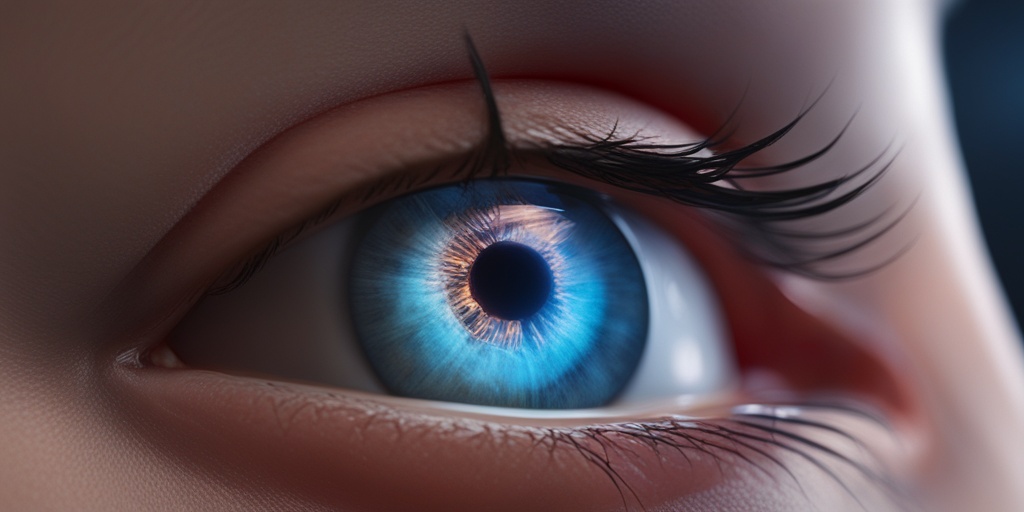
Hordeolum Diagnosis
Receiving an accurate diagnosis is the first step towards effective treatment and recovery from a hordeolum. But how do healthcare professionals diagnose this condition? Let’s dive in and explore the diagnostic process.
Visual Examination
A healthcare professional will typically start by performing a visual examination of the affected eye. They will look for signs of inflammation, redness, swelling, and tenderness in the eyelid. They may also check for any discharge or pus in the eye.
Medical History
Your healthcare professional will also ask you questions about your medical history, including any previous eye infections, allergies, or underlying health conditions. This information can help them rule out other possible causes of your symptoms.
Physical Examination
A physical examination of the eyelid may be performed to check for any abnormalities. The healthcare professional may gently press on the eyelid to check for tenderness or pain.
Imaging Tests
In some cases, imaging tests such as a CT or MRI scan may be ordered to rule out other conditions that may be causing your symptoms. However, these tests are not typically necessary for a hordeolum diagnosis.
Differentiating Hordeolum from Chalazion
It’s essential to differentiate a hordeolum from a chalazion, as the two conditions have similar symptoms. A chalazion is a type of eyelid cyst that is usually painless, whereas a hordeolum is typically painful. Your healthcare professional may perform a physical examination and review your medical history to make an accurate diagnosis.
Hordeolum Treatment Options
Now that we’ve covered the diagnosis of a hordeolum, let’s explore the various treatment options available.
Home Remedies
In some cases, a hordeolum may resolve on its own with home remedies. Applying a warm compress to the affected eye can help to reduce swelling and promote drainage. You can also try gently massaging the eyelid to encourage drainage.
Topical Antibiotics
If the hordeolum is caused by a bacterial infection, your healthcare professional may prescribe topical antibiotics to help clear up the infection. These medications are usually applied directly to the affected eye.
Oral Antibiotics
In more severe cases, oral antibiotics may be prescribed to treat the underlying infection. These medications are usually taken for 7-10 days to ensure that the infection is fully cleared.
Surgical Drainage
In some cases, surgical drainage may be necessary to drain the abscess and promote healing. This is usually performed under local anesthesia to minimize discomfort.
Pain Relief
Over-the-counter pain relief medications such as acetaminophen or ibuprofen can help to reduce discomfort and pain associated with a hordeolum.
Remember, it’s essential to seek medical attention if you’re experiencing symptoms of a hordeolum. Early diagnosis and treatment can help to reduce the risk of complications and promote a speedy recovery. 🏥
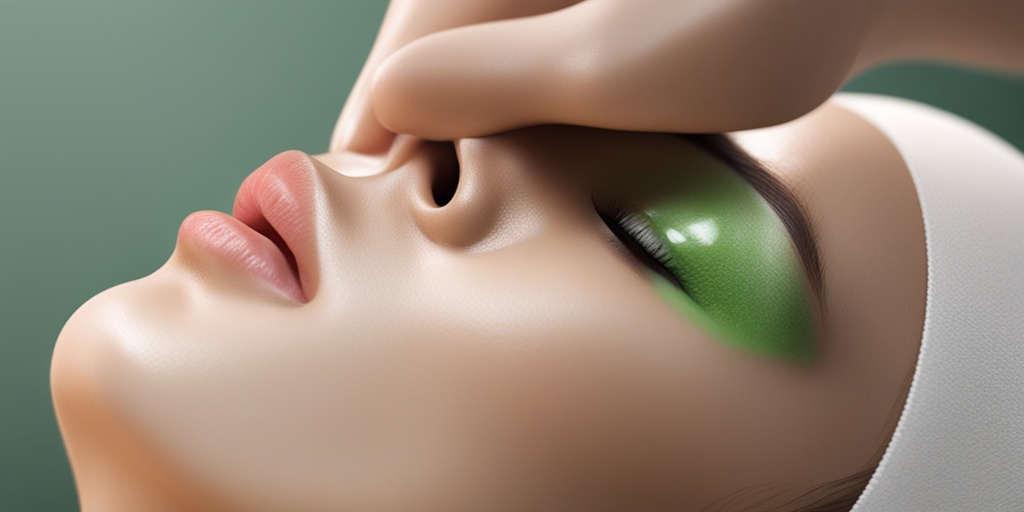
Home Remedies for Hordeolum
If you’re dealing with a painful and unsightly hordeolum, you’re probably eager to find relief as soon as possible. While it’s essential to consult with a healthcare professional for proper diagnosis and treatment, there are some home remedies that can help alleviate symptoms and promote healing. Here are some effective home remedies for hordeolum:
Warm Compresses
A warm compress is an excellent way to reduce swelling and ease pain associated with hordeolum. Soak a clean cloth in warm water, wring it out, and apply it to the affected area for 5-10 minutes, 2-3 times a day. You can also use a warm washcloth or a heating pad on a low setting. This will help bring the pus and bacteria to the surface, allowing the hordeolum to drain naturally.
Tea Bag Compress
Used tea bags can be a surprising remedy for hordeolum. The tannins in tea have antibacterial properties that can help combat infection. Soak a used tea bag in warm water, let it cool, and apply it to the affected area for 5-10 minutes. Repeat this process 2-3 times a day.
Guava Leaf Compress
Guava leaves have anti-inflammatory properties that can help reduce swelling and pain. Crush a few guava leaves and boil them in water. Let the mixture cool, then apply it to the affected area using a clean cloth. Repeat this process 2-3 times a day.
Eye Hygiene
Practicing good eye hygiene is crucial in preventing the spread of infection and promoting healing. Wash your hands thoroughly before touching your eyes, and avoid sharing makeup or makeup brushes. Clean your eyelids with a mild soap and lukewarm water, and pat them dry with a clean towel.
Aloe Vera Gel
Aloe vera has anti-inflammatory and antibacterial properties that can help soothe and calm the affected area. Apply a thin layer of aloe vera gel to the affected area 2-3 times a day. This can help reduce swelling, redness, and pain.
Hordeolum Prevention and Self-Care
While hordeolum can be a painful and frustrating condition, there are steps you can take to prevent it from occurring in the first place. Here are some tips for hordeolum prevention and self-care:
Practice Good Eye Hygiene
As mentioned earlier, practicing good eye hygiene is essential in preventing the spread of infection. Wash your hands before touching your eyes, and avoid sharing makeup or makeup brushes.
Remove Makeup Properly
Removing makeup properly can help prevent clogged oil glands and reduce the risk of hordeolum. Use a gentle eye makeup remover and lukewarm water to remove makeup, and pat the area dry with a clean towel.
Get Enough Sleep
Lack of sleep can weaken your immune system, making you more susceptible to infection. Aim for 7-8 hours of sleep per night to help keep your immune system strong.
Stay Hydrated
Drinking plenty of water can help flush out toxins and keep your skin healthy. Aim for at least 8 glasses of water per day to stay hydrated.
Manage Stress
Stress can weaken your immune system, making you more prone to infection. Practice stress-reducing techniques like meditation, deep breathing, or yoga to help manage stress.
By incorporating these home remedies and self-care tips into your daily routine, you can help alleviate symptoms of hordeolum and reduce the risk of future occurrences. Remember to consult with a healthcare professional for proper diagnosis and treatment. 💡
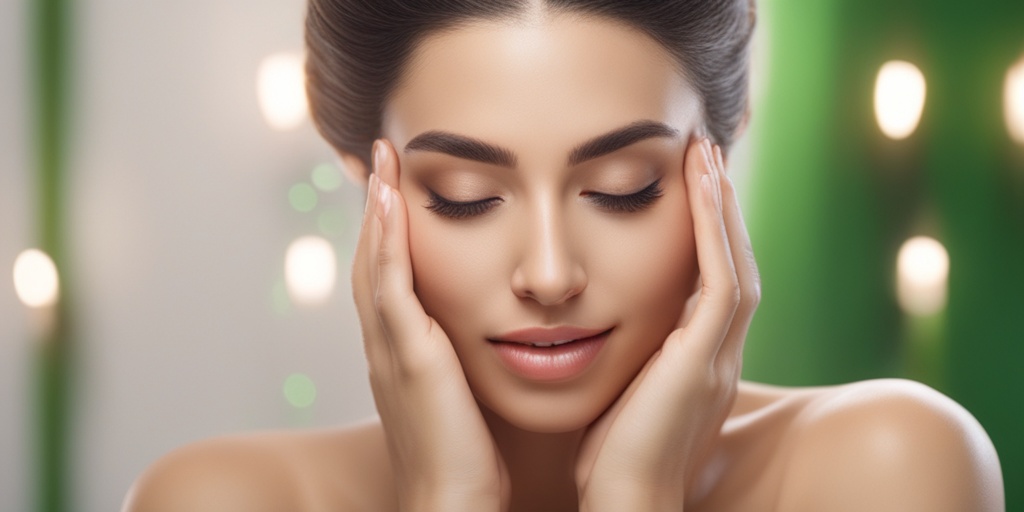
Frequently Asked Questions about Hordeolum
What is Hordeolum?
A hordeolum is a type of eyelid inflammation that occurs when the oil glands in the eyelid become clogged and infected. It is also known as a stye or external hordeolum.
What is the difference between Hordeolum and Chalazion?
A chalazion is a type of eyelid inflammation that occurs when the oil glands in the eyelid become blocked, but not infected. The main difference between the two is that a hordeolum is usually painful and tender to the touch, while a chalazion is typically painless.
What are the symptoms of Hordeolum?
The symptoms of hordeolum may include:
- A small, painful lump on the eyelid
- Redness and swelling of the eyelid
- Discharge or pus from the eyelid
- Itching or burning sensation on the eyelid
- Blurred vision or sensitivity to light
How is Hordeolum treated?
Treatment for hordeolum usually involves applying warm compresses to the affected area to help bring the pus to a head and encourage drainage. Antibiotic ointments or oral antibiotics may also be prescribed to help clear up the infection.
What is the ICD-10 code for Hordeolum?
The ICD-10 code for hordeolum is H00.0.
How do you pronounce Hordeolum?
The correct pronunciation of hordeolum is /hɔːrˈdiːələm/ (hor-DEE-uh-lum).
Can Hordeolum affect the eye?
Yes, hordeolum can affect the eye and cause blurred vision, sensitivity to light, and eye discomfort. In rare cases, it can also lead to more serious complications such as pre-septal cellulitis or orbital cellulitis.
How can I prevent Hordeolum?
To prevent hordeolum, it’s essential to maintain good eyelid hygiene, avoid sharing makeup or makeup brushes, and remove eye makeup properly. It’s also important to avoid rubbing or touching the eyes, as this can push bacteria and other debris into the oil glands and cause infection.
What is the difference between Hordeolum and Dacrocystitis?
Dacrocystitis is an inflammation of the tear sac, which is located in the corner of the eye. Hordeolum, on the other hand, is an inflammation of the oil glands in the eyelid. While both conditions can cause swelling and redness, they have different causes and require different treatments.

